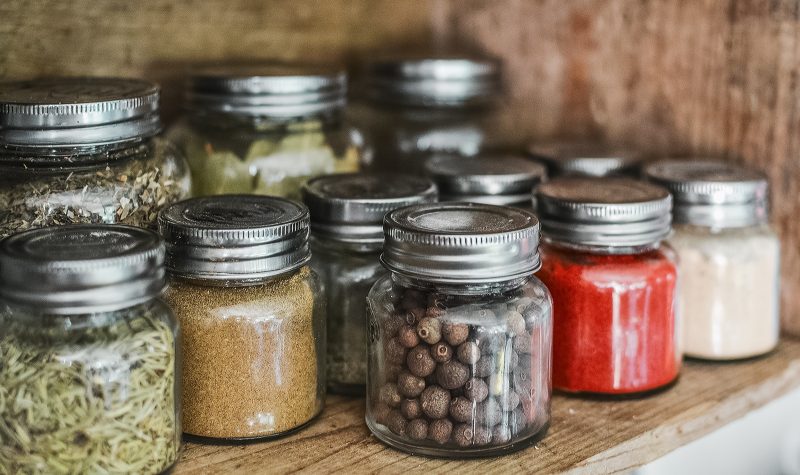The ongoing pandemic has taught many families that it’s necessary to be prepared for citywide lockdowns without much notice. Among other things, this means keeping a good supply of food and necessities in the home. However, the fact that food expires in very little time means building up your food storage will require an ongoing process. This guide will help you get started.
Start With a Short-Term Supply
Your household should have two types of food storage: short-term and long-term food inventories. You’ll start your long-term storage later. First, you should concentrate on building up a short-term supply that will feed your family for up to two or three weeks. This should include buying cereals, such as wholesale muesli in bulk, and canned goods. You should also include several cases of bottled water. Your short-term food supply can include “just add water” meals that can be picked up at military surplus stores. In addition to cereal, you can buy other items in bulk that will last for up to a year, such as whole grains, rice, and dry pasta.
Starting Your Long-Term Prepping
Before you can start preparing a long-term food storage system, you’ll need to know how much food you’ll need to keep on hand. You should start by creating a week-long menu that’s sufficient to feed your entire family. The next step is to determine how much that food will cost each week and multiply that number by 52 to arrive at the yearly cost. This is how much money you’ll need to spend on extra food for your long-term supply for one year. If you want to keep enough food on hand for a five year period, multiply that number by five.
Build Up Your Inventory Over Time
Don’t feel as though you have to buy everything at once. You can dedicate a small amount from each paycheck towards increasing your food inventory, such as spending an extra $10, $20, or $50 on groceries. The food you intend to save should be separated from your regular groceries to ensure your family will know not to eat those items. Each pay period, you should see an increase in the food you have saved for short-term and long-term emergencies. If you have a cool basement, this food should be stored there and placed closest to the wall with the least access to sunlight. This will keep food cool, so it will stay fresher for longer. Remember that an emergency may leave you without electricity, so don’t rely on a cooler or freezer to protect your food.
Rotate Out Your Food Supply
Throughout this process, you will have to eat foods that are nearing their expiration dates. The food manufacturing industry uses the FIFO method (first in, first out) to ensure the items with the nearest expiration date are shipped out to stores first. You should be using the same type of system to ensure your family is eating food before it expires. You can make this an easier plan to follow by placing the newest items towards the back and bringing older products towards the front on the shelves in your storage area. In addition to keeping your food inventory fresh, this will help you save money on your regular groceries by giving you a steady supply of foods to eat from your storage inventory.
Keep a Running Tab
Keeping your food storage complete will require replacing the foods you eat. As you eat something from your inventory, you should mark down the item and approximate cost or size, so you can replace it with something comparable. Combining this type of recordkeeping with your FIFO system will help you keep an adequate supply of fresh food available for any type of emergency. If you take advantage of sales and discounts, you can increase the amount of food you have stored to provide an extra cushion in the event of a prolonged emergency.
Following these steps will ensure you have enough food to feed your family for several weeks or longer, depending on how big of a project you take on. Planning ahead will help you determine how much food you’ll need on a consistent basis, and rotating food will help you keep everything fresh. This system is the best way to keep your family prepared for an emergency.




